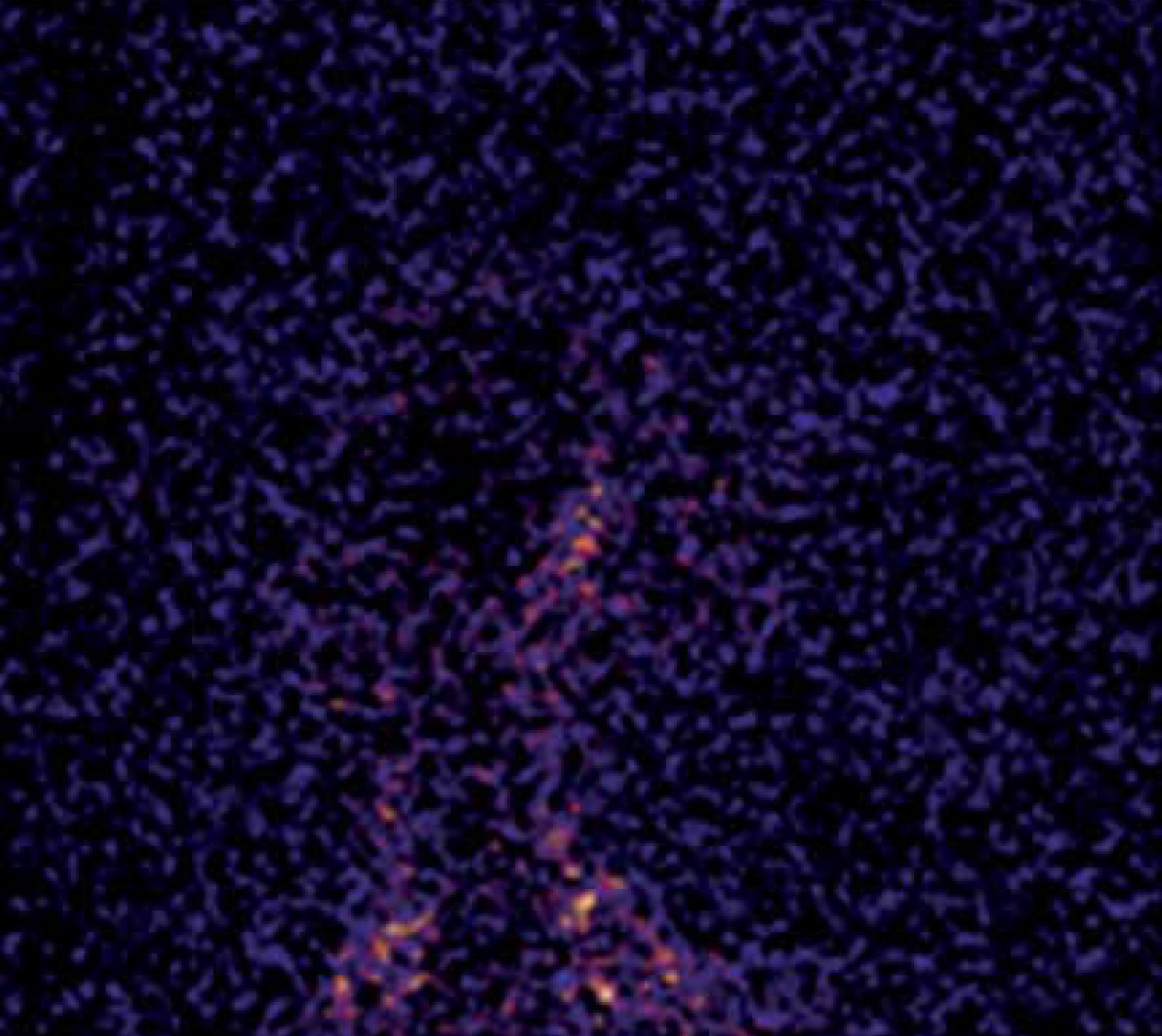
A library of AuNPs modified by RAFT polymers of different charge and chain length
A library of AuNPs modified by RAFT polymers of different charge and chain length: high throughput synthesis and synchrotron XFM imaging using a zebrafish larvae model
Bao Luan, Timo Friedrich, Jiali Zhai, Victor A. Streltsov, Benjamin W Lindsey, Jan Kaslin, Martin D. de Jonge, Jin Zhu, Timothy C. Hughes and Xiaojuan Hao
Gold nanoparticles (AuNPs) have been widely investigated in drug delivery and imaging. However, for such biomedical applications, the modification of AuNPs is necessary to improve their aqueous dispersion stability and biocompatibility, especially in a salt environment. Here, we report a simple and highly efficient method to create a library of polymer-modified gold nanoparticles (PAuNPs) and screen their dispersion stability utilizing high-throughput facilities (in total 1000 experiments). Three types of water soluble polymers with different charge and chain length were prepared using Reversible Addition-Fragmentation chain Transfer (RAFT) polymerization technology. The polymers were then converted into thiol-capped polymers by aminolysis and coated on AuNPs via thiol–gold binding to improve aqueous dispersion stability as well as the biocompatibility of AuNPs. Remarkably, we present the first report of imaging zebrafish embryos injected with a PAuNPs sample (selected from our PAuNPs library) using synchrotron X-ray fluorescence microscopy (XFM) beamline. The selected PAuNPs sample, which has been evaluated to be non-cytotoxic to L929 cells and biocompatible to zebrafish larvae in a wide range of concentrations, was injected into zebrafish larvae via the cardinal vein and could be clearly visualized in the whole circulatory system including both peripheral blood vessels and the head region by XFM. The result indicates that zebrafish larvae could be a potential animal model for probing the ability of AuNPs to cross the blood–brain barrier (BBB) and therefore hold promise for investigating AuNPs in biomedical applications such as detecting cancer and Alzheimer’s disease (AD).
READ FULL PUBLICATION
Luan et al., 2016 (950 KB)




